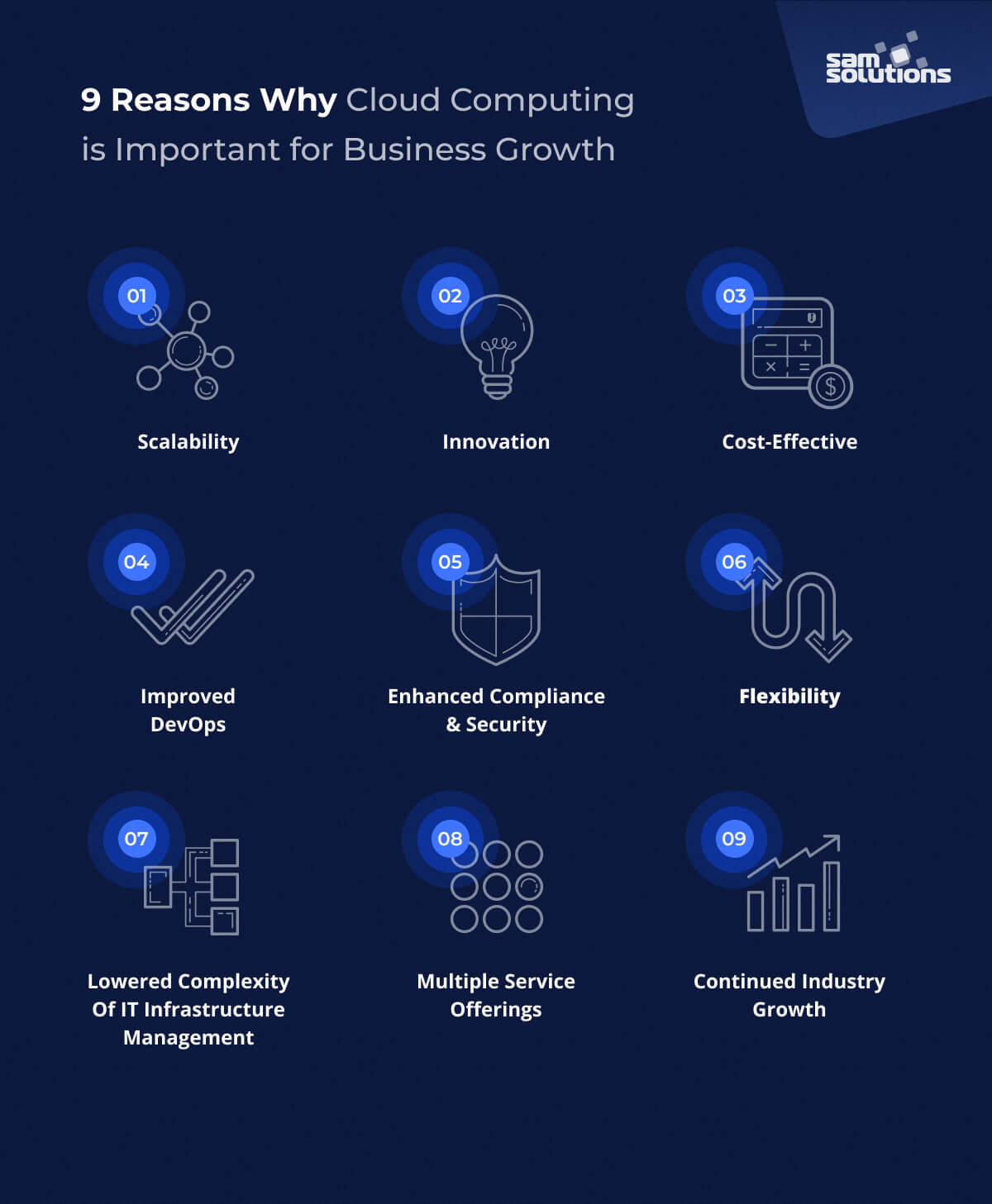Remain Updated with the Cloud Services Press Release: Patterns and Developments
Wiki Article
Achieve Seamless Scalability With Cloud Services
In the ever-evolving landscape of cloud services, accomplishing seamless scalability stands as a foundation for modern-day businesses looking for to stay adaptable and affordable. The quest for smooth scalability with cloud solutions unveils a globe of opportunities for those eager to accept the transformative power of dynamic source administration.Benefits of Cloud Scalability
Cloud scalability provides organizations the flexibility to dynamically adjust sources based upon demand, guaranteeing optimal efficiency and cost effectiveness. One key advantage is the capacity to scale sources up or down promptly in response to changing work. This agility allows services to fulfill altering customer needs without over-provisioning sources, eventually causing set you back financial savings. Scalability likewise improves performance by making certain that systems can take care of increased website traffic or work without experiencing downtime or stagnations. By successfully assigning resources, companies can preserve high degrees of efficiency during peak times without unnecessary expenses throughout quieter periods. Additionally, cloud scalability promotes development and testing by enabling services to easily test originalities and scale them as required. This versatility urges a culture of continuous improvement and adaptation, allowing organizations to remain affordable in a quickly progressing market landscape. Ultimately, the benefits of cloud scalability prolong past expense savings to incorporate improved efficiency, agility, and innovation.Secret Features for Scaling
Reliable scaling in cloud services relies upon vital functions that make it possible for organizations to readjust sources dynamically based on demand. One important function for scaling is flexibility, permitting resources to scale up or down in action to fluctuating work. This ensures that companies can fulfill efficiency requirements without over-provisioning sources. An additional vital function is scalability, allowing systems to handle boosted workload by adding sources perfectly. This feature is important for accommodating development without endangering efficiency. In addition, automation plays a vital function in scaling by automating the provisioning and de-provisioning of resources based on predefined plans. Automation reduces human intervention, enhances efficiency, and ensures quick action to transforming needs. Tracking and analytics tools are also crucial for scaling, giving insights right into resource usage, efficiency metrics, and possible bottlenecks. These devices allow companies to optimize and make enlightened decisions source allocation for effective scaling. On the whole, these key functions collectively equip organizations to achieve smooth scalability in cloud solutions.Carrying Out Auto-Scaling Techniques
To efficiently optimize source allowance and adjust to differing work, companies must tactically apply auto-scaling methods in their cloud services framework. Auto-scaling permits systems to immediately adjust the variety of compute resources based on real-time need. There are different auto-scaling approaches that companies can utilize, such as anticipating scaling, which utilizes historic data to forecast future source needs, and reactive scaling, which reacts to present work changes.
Finest Practices for Scalability
For companies aiming to improve their scalability in cloud solutions, executing ideal practices is crucial for optimum efficiency and resource administration. One key ideal technique is developing applications with a microservices style. This technique breaks down applications into smaller, independent solutions that can be released, updated, and scaled independently, permitting higher versatility and scalability.An additional important method is utilizing containerization modern technology, such as Docker or Kubernetes. Containers make it possible for the packaging of applications and their dependencies into separated units, making it much easier to scale elements separately and deploy them regularly throughout various environments.
Additionally, implementing automated deployment and infrastructure as code (IaC) can streamline scalability efforts (linkdaddy cloud services). Automation devices like Terraform or Ansible aid in provisioning and managing resources efficiently, reducing hand-operated mistakes and allowing fast scalability
Furthermore, checking performance metrics, setting up informs, and carrying out normal capability preparation are essential techniques to ensure aggressive scalability administration. By sticking to these ideal methods, companies can accomplish smooth scalability in their cloud services while optimizing efficiency and resource usage.
Monitoring Performance Metrics
When assessing the efficiency of cloud solutions scalability, carefully monitoring performance metrics is imperative for making sure ideal functionality and source allotment. By continually tracking vital performance indicators (KPIs) such as action times, latency, source, and throughput application, companies can acquire important understandings right into the health and wellness and efficiency of their cloud framework. Checking efficiency metrics permits the early detection of possible traffic jams or concerns that might influence scalability, allowing positive measures to be required to resolve them prior to they escalate.

Conclusion
Finally, accomplishing seamless scalability with cloud services is vital for companies to enhance efficiency, boost innovation, and keep high efficiency levels throughout peak times. By leveraging the advantages of cloud scalability, executing auto-scaling strategies, utilizing vital functions such as flexibility and Cloud Services automation, and complying with ideal techniques like application style and efficiency tracking, services can effectively scale their systems while making the most of resource utilization and efficiency.The mission for seamless scalability with cloud services unveils a globe of possibilities for those prepared to welcome the transformative power of vibrant resource administration.
Cloud scalability offers companies the flexibility to dynamically adjust sources based on need, making certain ideal performance and expense performance. One more crucial attribute is scalability, allowing systems to deal with enhanced work by adding sources perfectly.For companies intending to improve their scalability in cloud services, carrying out best techniques is important for optimal efficiency and source monitoring.When examining the efficiency of cloud services scalability, closely keeping an eye on efficiency metrics is imperative for guaranteeing optimum functionality and resource appropriation.
Report this wiki page